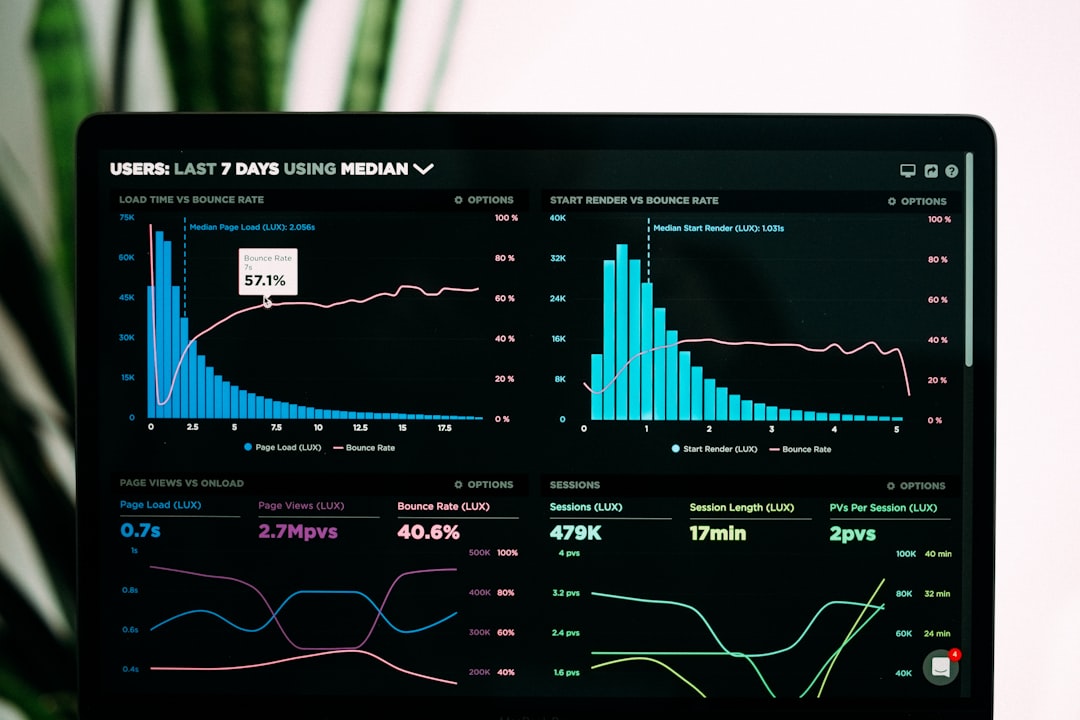
How to Effectively Navigate Economic Databases: A Comprehensive Guide.
# Introduction. Navigating economic databases can be daunting, especially with the vast amount of information available. Economic databases contain critical data that researchers, policymakers, and businesses utilize to understand trends, make predictions, and develop strategies. By grasping how to systematically approach these databases, you can glean insights that support informed decision-making. In this guide, we’ll walk through essential tips to enhance your navigation skills and make the most out of economic databases. # Understanding Economic Databases. Before diving into the navigation strategies, it's important to understand what economic databases are and the types of data they offer. Economic databases compile various types of data such as national accounts, consumer price indices, labor statistics, and international trade figures. Some well-known economic databases include the World Bank's World Development Indicators, the International Monetary Fund's data sets, and national statistics offices across various countries. Knowing the purpose of these databases helps in selecting the right one to utilize for your research or analysis. # Identifying Relevant Databases. The first step to effective navigation is identifying which economic database is most relevant for your needs. Different databases specialize in different types of economic data. For example, if you're looking for trade data, the UN Comtrade database is a great resource. To identify relevant databases, consider factors such as: 1. **Type of Data Required**: Specify the statistical categories you need. 2. **Geographical Focus**: Look for databases that cover the regions or countries of interest. 3. **Time Frame**: Ensure the database has historical data or projections for future periods you are interested in. 4. **Accessibility**: Some databases are free, while others may require subscriptions or institutional access. # Mastering Search Techniques. Once you have identified the appropriate database, mastering search techniques can significantly improve your efficiency. Here are some effective strategies: 1. **Use Keywords**: Specify accurate keywords related to your data inquiry. For instance, if you are interested in unemployment rates, use “unemployment,” “labor market,” and related terms. 2. **Boolean Operators**: Familiarize yourself with operators such as AND, OR, and NOT to refine search results. 3. **Filters and Advanced Options**: Utilize filtering options often provided by databases that allow you to narrow down results by time period, data type, or geographic location. 4. **Save Searches**: Some databases allow you to save searches or create alerts for new data, helping you stay updated with little effort. # Data Interpretation and Analysis. Navigating databases is just the beginning; interpreting and analyzing the data effectively is crucial. Once you've extracted the data: 1. **Familiarize Yourself with the Metrics**: Understanding the terminology, such as GDP, inflation rates, or purchasing power parity, helps in accurate analysis. 2. **Data Visualization Tools**: Utilize visualization tools like graphs and charts for better insight. Many databases provide export options to analyze the data using software such as Excel, R, or Python. 3. **Cross-checking Information**: To ensure accuracy, compare data across different sources. This cross-referencing can reveal inconsistencies and enhance your understanding of trends. # Leveraging Support Resources. Most economic databases offer various support resources that can enhance your navigating experience. This can include: 1. **User Manuals and Guides**: Check if the database has user guides that explain the features and provide navigation tips. 2. **Webinars and Tutorials**: Many institutions provide free resources such as video tutorials on how to utilize their database efficiently. 3. **Online Forums and Community Boards**: Engage with others who use the database—forums can provide answers to specific queries and practical tips. # Conclusion. Effectively navigating through economic databases entails understanding the value of the data, mastering search strategies, interpreting information accurately, and leveraging available support. As the complexity of economic analysis grows, enhancing your skills in managing economic data becomes crucial for deriving insights that inform decision-making. By following this guide, you’ll be well-equipped to tackle economic databases confidently and carry out effective research in the dynamically evolving field of economics. .







